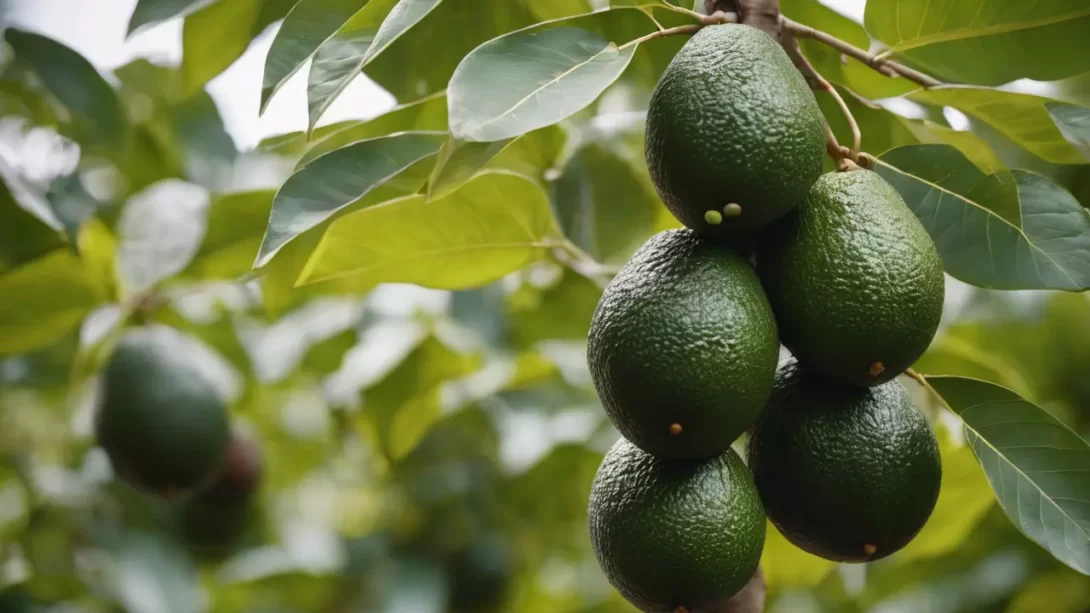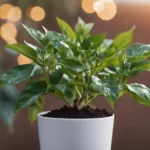Avocado trees, known for their delicious and nutritious fruit, are a popular choice among both home gardeners and commercial growers. Understanding the yield of avocado trees is crucial, as it affects both personal satisfaction and economic viability. This article delves into various factors that influence avocado production, including tree age, variety, climate, and cultivation practices. By grasping these elements, growers can optimize their efforts to achieve the best possible yield from their avocado trees.
Factors Influencing Avocado Yield
The yield of an avocado tree is not a fixed value but varies due to several key factors:
- Tree Age and Maturity: Avocado trees take several years to mature and begin bearing fruit. The age at which they reach peak production varies, affecting overall yield.
- Varietal Differences: Different avocado varieties yield varying quantities of fruit. For instance, ‘Hass’ may produce differently compared to ‘Fuerte’ or other types.
- Climatic Conditions: Avocado trees thrive under specific climatic conditions. Factors like temperature, humidity, and sunlight significantly impact fruit production.
- Soil Health and Fertilization: The quality of the soil, including its nutrient content and structure, plays a vital role in the health and productivity of the tree. Proper fertilization practices can enhance yield.
- Watering Practices: Avocado trees require specific watering regimes. Both over and under-watering can adversely affect the yield.
- Pruning and Tree Management: Regular and proper pruning can improve the yield of avocado trees. Tree management practices, including spacing and pest control, also play a crucial role.
Average Yield of an Avocado Tree
The yield from an avocado tree can vary widely based on several factors. Typically, an avocado tree starts to bear fruit in its third to fifth year. Mature trees, especially those in commercial orchards, can produce between 200 to 300 fruits per year under optimal conditions. However, avocado trees exhibit a pattern known as “biennial bearing,” where a year of high yield is often followed by a year of lower yield. This fluctuation can be influenced by the tree’s care and environmental conditions. In home gardens, yields are generally lower due to varying care and less controlled growing conditions compared to commercial orchards.
Maximizing Avocado Tree Yield
To maximize the yield of an avocado tree, certain cultivation practices are essential:
- Optimal Planting and Spacing: Planting avocado trees at the right time and with adequate space between them is crucial for healthy growth and maximum fruit production.
- Pest and Disease Management: Regular monitoring and management of pests and diseases are vital. Employing integrated pest management strategies can help maintain tree health and yield.
- Cross-Pollination Strategies: Although many avocado varieties are self-pollinating, cross-pollination with compatible varieties can enhance fruit set and yield. Planting different avocado varieties in close proximity can be beneficial.
In addition to these practices, regular monitoring and adapting to the tree’s needs based on environmental conditions and tree health are key to achieving the highest possible yield.
Case Studies and Success Stories
Several success stories in avocado cultivation highlight the impact of good practices on yield. For instance, a case study from a Californian orchard showed that implementing precise irrigation and fertilization techniques significantly increased their yield. Another example is from a Florida orchard where adopting integrated pest management and proper pruning practices led to a remarkable improvement in fruit production. These cases demonstrate how applying best practices in avocado cultivation, tailored to specific environmental and climatic conditions, can lead to substantial increases in yield.
Conclusion
Understanding the factors that affect avocado yield is crucial for both hobbyist gardeners and commercial producers. The yield of an avocado tree is influenced by its age, variety, climatic conditions, soil health, watering, and management practices. While the average yield can vary, implementing strategies such as proper planting, pest and disease management, and cross-pollination can significantly enhance fruit production. The success stories from various orchards serve as inspiration, showing that with the right knowledge and dedication, it’s possible to maximize the yield of avocado trees. Continual learning and adaptation to the specific needs of the trees and their environment are key to successful avocado cultivation.



